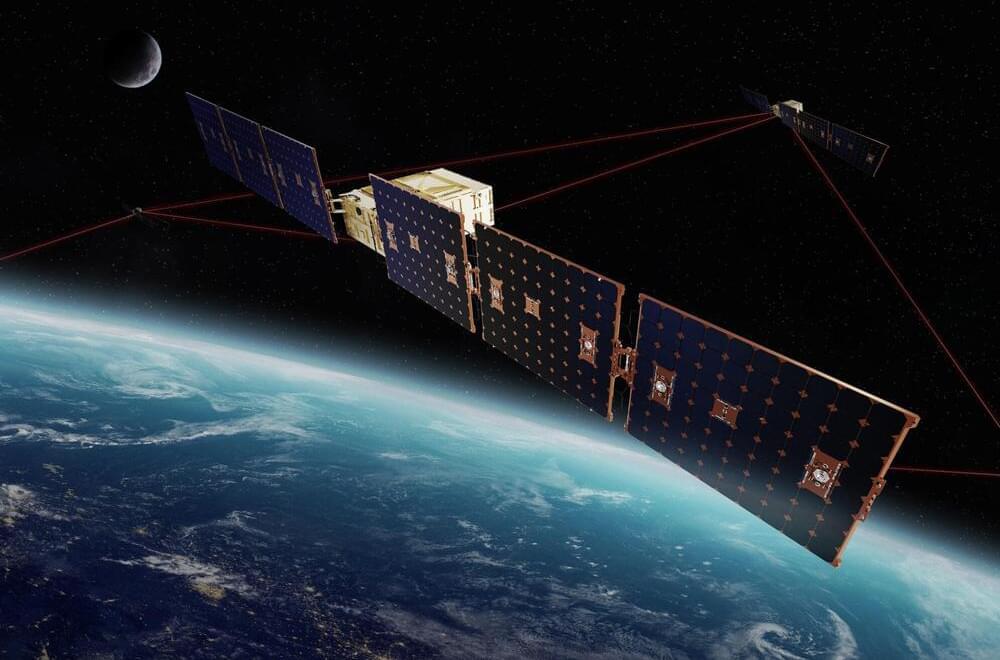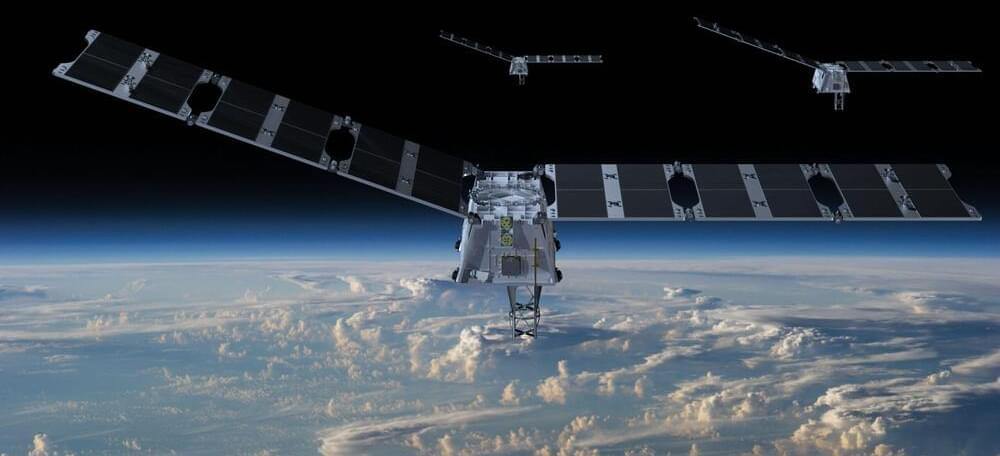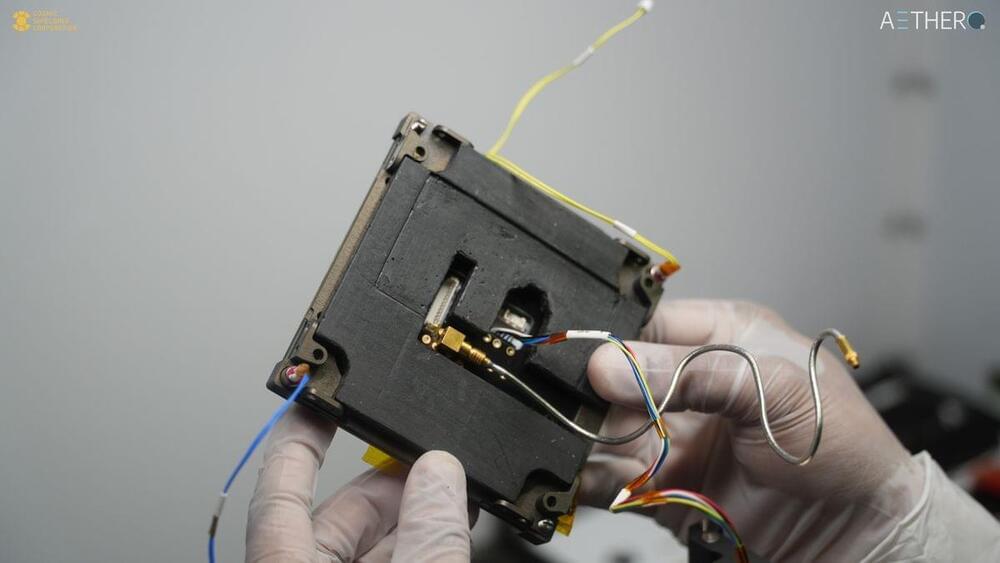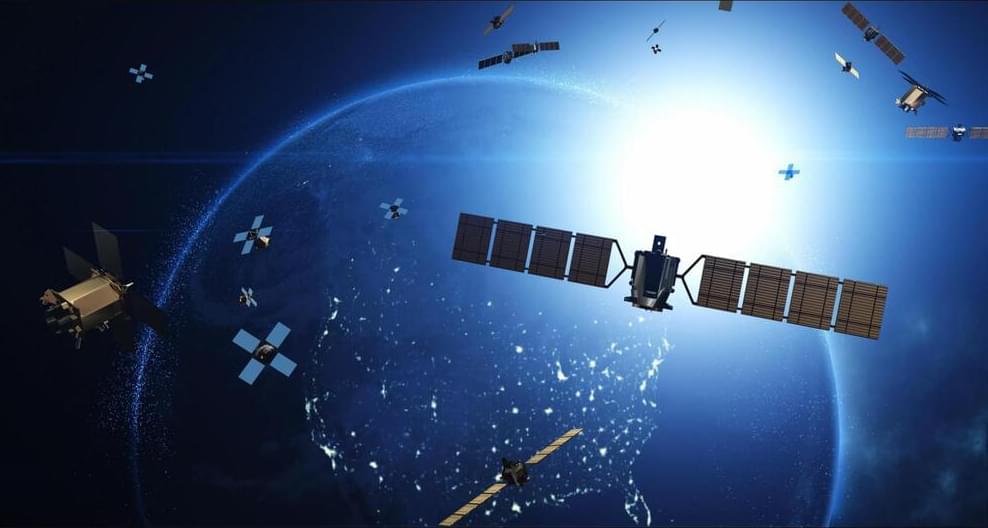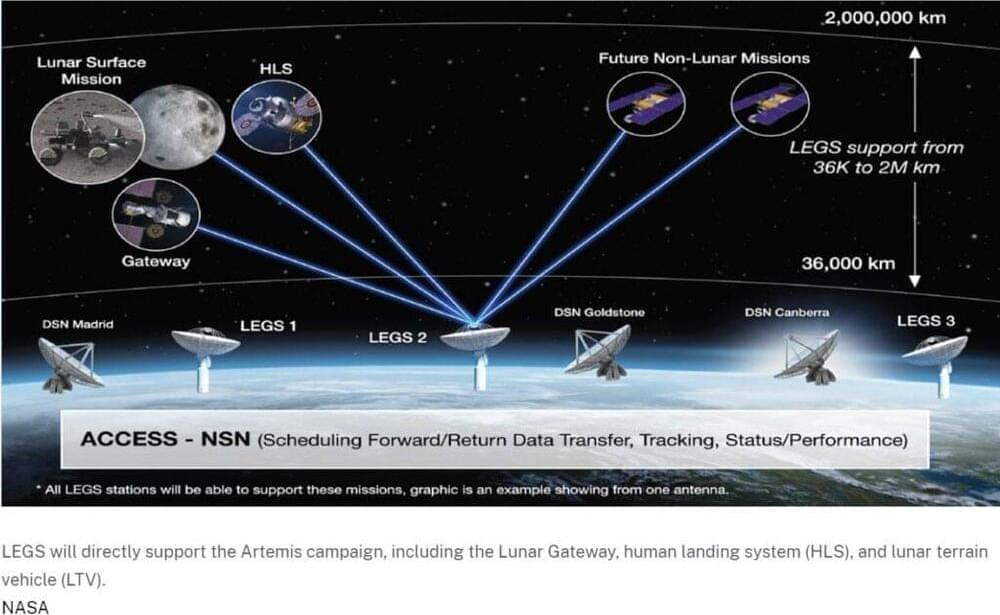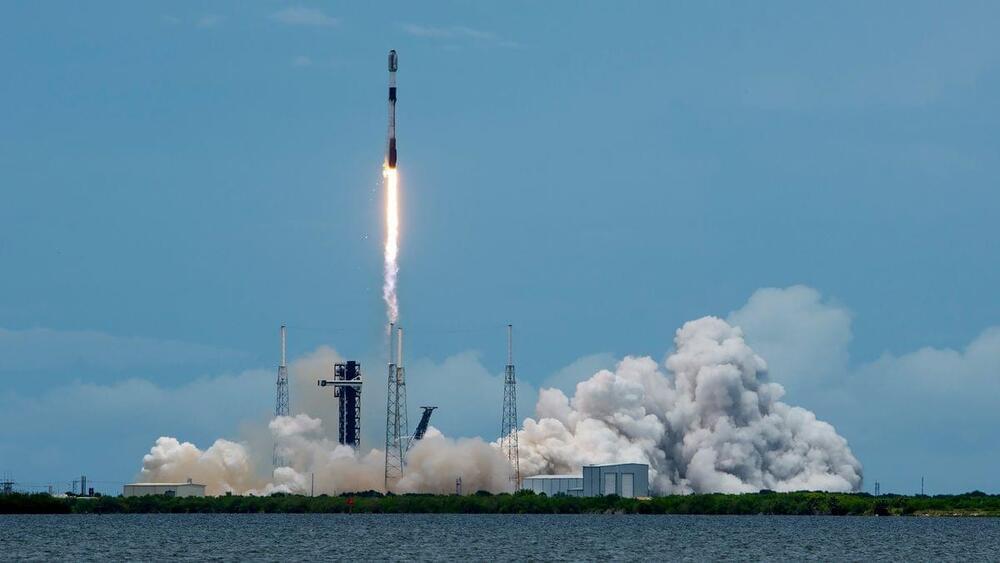What could the anomalies in temperature, composition, location, and spread of particles mean for satellites and GPS?
A powerful geomagnetic storm on May 11 led to visible auroras in the southern U.S. and disrupted GPS technology. Researchers from Virginia Tech, utilizing NASA ’s GOLD instrument, documented unprecedented atmospheric phenomena and examined the effects on Earth’s ionosphere. The studies underscore the dynamic nature of the upper atmosphere and its susceptibility to solar activities, which are currently intensifying as we approach the peak of the solar cycle in 2025.
Stunning Auroras and Technological Disruptions.

